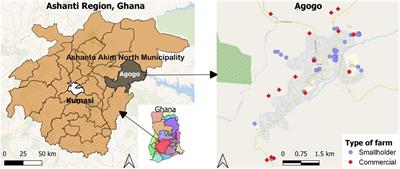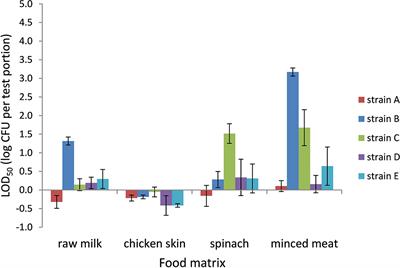ORIGINAL RESEARCH
Published on 04 Nov 2022
Antibiotic-resistant Campylobacter coli and Campylobacter jejuni in commercial and smallholder farm animals in the Asante Akim North Municipality of Ghana

doi 10.3389/fmicb.2022.983047
- 2,120 views
- 7 citations










